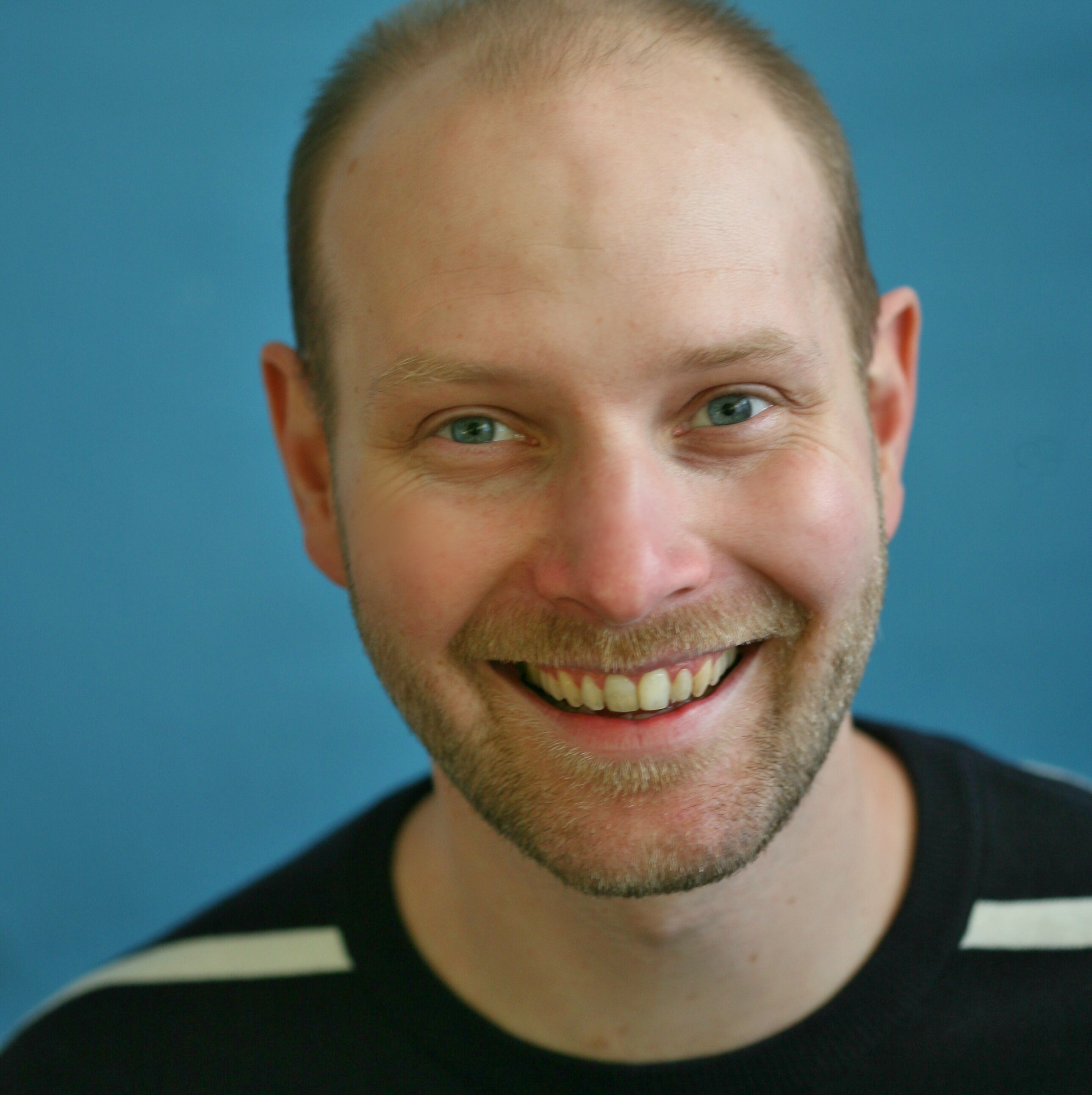
Pavel Pohanka
I help system architects and software engineers comprehend Data-Distribution Service™ (DDS®) technology
My interest in information technology began during my studies. This interest led me to my first job where I worked on interesting projects for the army. They involved sensors, data transmission and information systems that processed data and provided users with the information they needed. When working on projects, we were always faced with the need to transfer data efficiently and to integrate the resulting solution with other systems.
In the military environment (especially at the tactical level), radio stations or satellite links are mainly used for data transmission. Back then, radios for data transmission were very slow, configuration was complicated, and when something went wrong, you didn’t really know what was going on. It was like alchemy.
My aim was to create a data transmission system that was easy to configure and suitable for environments with limited communication resources. In addition, the system would allow easy connection and disconnection of individual parts of the system. The system would also be open and easy to integrate with other systems. It would be like a mobile communication system (as everyone uses it today), but without a central element.
But how do you transfer data and integrate systems in environments where traditional technologies (e.g. TCP) and approaches (e.g. client-server communication) are not suitable? I was lost, building something like this from scratch is not for one person, but for a team of people over several years.
I was very involved in the subject (especially during my PhD) and in my search for a solution I came across an almost perfect technology. Everything indicated that this technology would be very suitable for the application I was addressing. It was Data Distribution Service (DDS) technology, an open application protocol and standard for connecting real-time applications.
As I immersed myself in the technology, I began to see all that was possible using this technology to share data, but also that the number of ways to design and build a system using this technology was growing (and therefore the complexity).
One day a great opportunity presented itself. I was part of a project and the person responsible for data transfer in a new Army project where the technology could be used and tested in the real world.
However, as the project progressed, I realised that it wasn’t going to be as easy as I thought. Establishing the basic connection between applications was easy, but using the technology in a radio environment with a data capacity similar to second generation mobile phones was a bigger challenge.
When it came to testing the technology in a real environment, the connection worked, but the data transfer was very slow, and adding elements to the network only made things worse. What was going wrong? Had we designed, programmed or configured the system badly?
There was nowhere to go in this situation, we had to fix the project. I started to ask more experts for advice, even though it was sometimes difficult. You don’t know what you don’t know.
Eventually, with a lot of effort and expert advice, we were able to bring the project to a successful conclusion. What emerged was a system that could transfer data between elements of the system that were dynamically added and subtracted, communicate with each other without a central element, communicate reliably over lines with relatively low transmission capacity, and recover from failures.
This is how I discovered the strengths of DDS technology, but also its weaknesses. Using DDS in systems with very limited transmission resources, and also in a very dynamic environment, requires a lot of effort to tune the system to a well-functioning state. On the other hand, it is possible to use this technology to create systems with high requirements for reliability, performance, extensibility and easy integration with other applications and systems (it is a standard).
DDS technology is also a challenge for those encountering it for the first time. The technology is constantly evolving and can be difficult to navigate.
Over the years, I have taken courses on DDS, travelled to DDS-related conferences and presented on DDS technology at Army conferences.
I have discovered a passion for communication technologies for the Industrial Internet of Things and I continue to learn new things about it.
I am currently involved with the ThingsBoard IoT platform.
I am also working as IT Project Manager and SW Enginnering manager.
Ing. Pavel Pohanka, Ph.D. ID No.: 09243186, with registered office at Vídeňská 11A, 63900 Brno, as a natural person registered in the Trade Register, in the records of the Trade Licensing Office of the City of Brno.
How to contact me
- Via social networks (see icons above)
- For on-line communication at the email address: pavel(at)pavelpohanka.cz
- For handling a complaint at the following email address: pavel(at)pavelpohanka.cz
- By phone at (+420) 608 708 532
- For delivery of documents at the address: Vídeňská 11A, 63900 Brno, Czech Republic